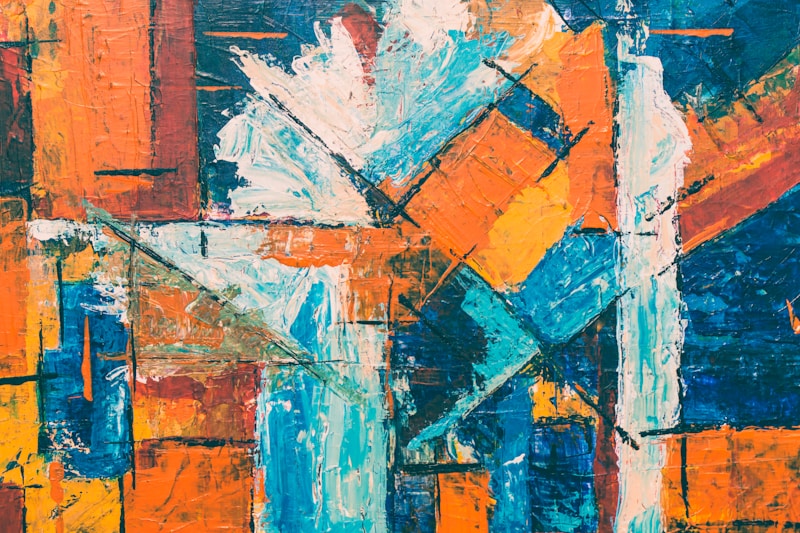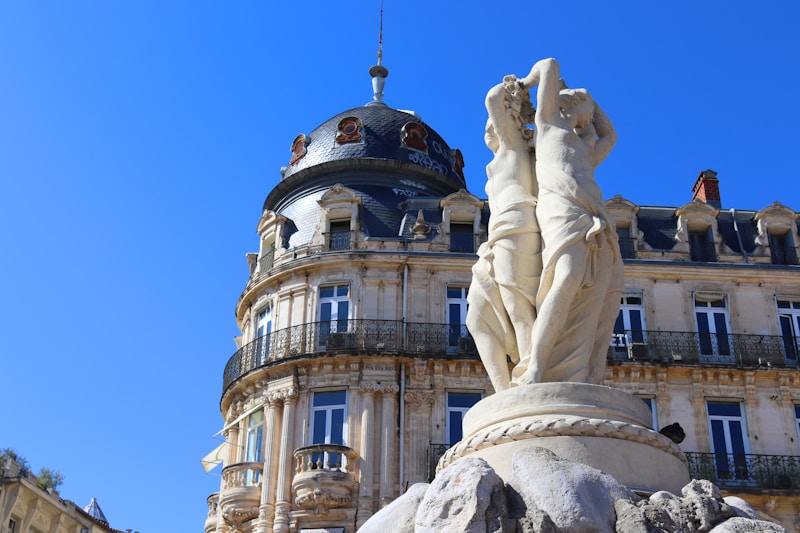9 Questions
What is the definition of abstract art?
Art that uses visual language of shape, form, color, and line to create a composition that may exist with a degree of independence from visual references in the world.
Which art movements led to the emergence of abstraction in the early 20th century?
Fauvism and Cubism
What is the name of the group of artists that aimed to analyze and categorize different types of abstraction?
The Cercle et Carré group
What is the name of the group that provided a point of reference for abstract artists during a time of political turmoil?
Abstraction-Création
What is the name of the group of artists that emphasized the act of painting itself and the use of color and gesture?
The Abstract Expressionists
What is the name of the Chinese painter credited with inventing the splashed-ink painting style?
Wang Mo
What is the philosophy underlying the teaching program at the Bauhaus?
The unity of all the visual and plastic arts from architecture and painting to weaving and stained glass.
Which of the following is a type of abstraction according to the text?
Minimalist abstraction
What is the name of the group that many of the abstract artists in Russia became a part of?
The Constructivists
Study Notes
Abstract Art: A Brief History
-
Abstract art uses visual language of shape, form, color, and line to create a composition that may exist with a degree of independence from visual references in the world.
-
Western art had been underpinned by the logic of perspective and an attempt to reproduce an illusion of visible reality from the Renaissance up to the middle of the 19th century.
-
Abstract art, non-figurative art, non-objective art, and non-representational art are closely related terms.
-
Abstraction indicates a departure from reality in depiction of imagery in art and exists along a continuum from slight to complete departure.
-
Geometric abstraction and lyrical abstraction are often totally abstract, while figurative art and total abstraction are almost mutually exclusive.
-
The history of abstraction in Chinese painting can be traced back to the Tang dynasty painter Wang Mo, who is credited with inventing the splashed-ink painting style.
-
Fauvism and Cubism were the art movements that directly opened the door to abstraction in the early 20th century.
-
During the 1912 Salon de la Section d'Or, several artists exhibited experimental works in the search for "pure art," which eventually led to the advent of abstraction in the 20th century.
-
Many of the abstract artists in Russia became Constructivists, believing that art was no longer something remote, but life itself.
-
As visual art becomes more abstract, it develops some characteristics of music, an art form that uses the abstract elements of sound and divisions of time.
-
The philosophy underlying the teaching program at the Bauhaus was unity of all the visual and plastic arts from architecture and painting to weaving and stained glass.
-
During the 1930s, Paris became the host to artists from Russia, Germany, the Netherlands, and other European countries affected by the rise of totalitarianism.A Brief History of Abstract Art
-
Abstract art emerged in the late 19th century and became more prominent in the early 20th century.
-
The term “abstract art” was first used in 1915 by Wassily Kandinsky.
-
There are several types of abstraction, including geometric abstraction, lyrical abstraction, minimalist abstraction, and more.
-
The Cercle et Carré group, founded in 1929, was a group of artists that aimed to analyze and categorize different types of abstraction.
-
Abstraction-Création, founded in 1931, provided a point of reference for abstract artists during a time of political turmoil.
-
During the Nazi rise to power in the 1930s, many European artists fled to the United States, where they influenced local painters and led to the emergence of the Abstract Expressionists and the New York School.
-
The Abstract Expressionists were known for their emphasis on the act of painting itself and the use of color and gesture.
-
Post-Jungians view the quantum theories underlying abstract art as a reflection of the divorce between the concrete and the abstract in modern art.
-
Digital art, hard-edge painting, minimalism, and lyrical abstraction are among the newer permutations of abstract art.
-
The social content of abstract art is seen by some as a reflection of the growing abstraction of social relations in industrial society.
-
Abstract art has been used in various fields, including advertising and graphic design.
-
Famous abstract artists include Wassily Kandinsky, Piet Mondrian, Jackson Pollock, and Mark Rothko.
Think you know the history of abstract art? Test your knowledge with our quiz! From the early pioneers of the movement to the emergence of new styles, this quiz covers the major milestones in the development of abstract art. Explore the different types of abstraction and the artists who helped define the style. Whether you're an art enthusiast or simply curious about abstract art, this quiz is sure to challenge and inspire you. Get ready to dive into the world of abstract art and put your knowledge to the test!
Make Your Own Quizzes and Flashcards
Convert your notes into interactive study material.




